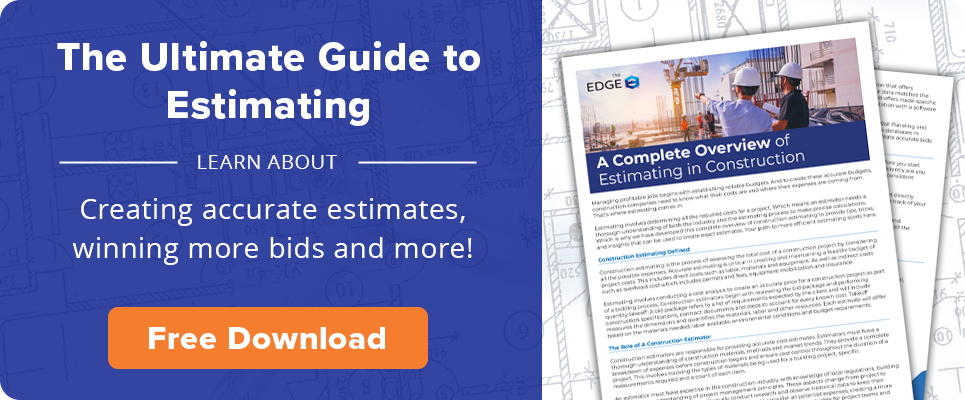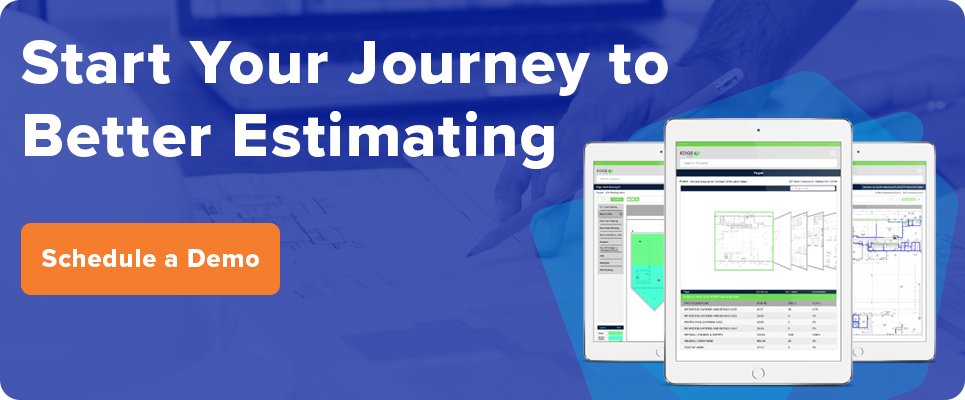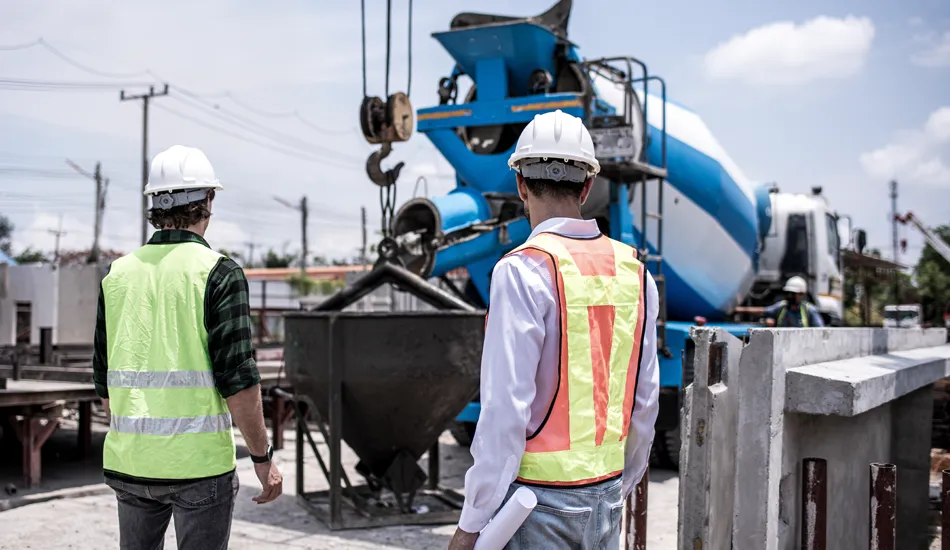
Construction estimating sets the tone for the rest of the project. Quality, accurate estimating helps estimators form compelling bids that earn them more project opportunities; weak, overestimated bids can be the reason for cost overruns and delays.
While these manual methods have been relied upon for years, they can lead to costly estimating errors. Here’s a closer look at why manual construction estimating can hurt the accuracy of an estimate.
Key Takeaways
- Relying on manual estimates to account for the ever-changing nature of construction projects introduces more costly human errors to the estimating process.
- As projects become more complex, manual estimating struggles to track the many moving parts, leading to overlooked details, costly errors and delays.
- Manual estimates make change orders more difficult to manage, resulting in prolonged approval processes, delays and elevated costs.
- Construction estimating software — like The EDGE® — automate the estimating process, allowing for faster, more precise estimates, better change order management and improved collaboration with project stakeholders.

1. More Opportunities for Human Error
Construction estimating is a complex task that involves numerous variables, each of which can change throughout the project lifecycle. Estimators must account for:
- Material costs
- Labor hours
- Equipment usage
In a manual process, there’s a higher risk of miscalculating quantities, entering incorrect data into a spreadsheet or overlooking critical details.
For example, an estimator could manually enter the wrong measurements or units of material, leading to an underestimate or overestimate. These mistakes can snowball, affecting the entire project’s budget and leading to cost overruns and delays.
2. Time Constraints and Incomplete Data
Manual estimating is often time-consuming because estimators must gather a variety of data like:
- Material prices
- Labor rates
- Project specifications
Given tight deadlines, estimators may rush through the process or skip certain steps. This pressure increases the chances of errors and may lead to incomplete data being used in the estimate.
Relying on manual estimates can also impact historical data, which can be a valuable resource that provides unique insights into:
- Material usage
- Labor productivity
- Unforeseen costs
- Project timeframes
Estimators who rely on manual estimates may have difficulty effectively managing and recalling this information.
Finalized estimates from past projects may get lost with other paperwork, which means estimators may rely on outdated or incomplete versions when building their current estimates, leading to errors and delays.
3. Difficulty in Accounting for Project Complexity
As construction projects become more complex, manual estimating becomes increasingly difficult because there are:
- Multiple stakeholders to seek approval from
- Intricate designs to account for
- Several subcontractors with different tasks and timelines
Manually tracking each cost component, understanding how they interact and communicating this information across multiple teams can become overwhelming, especially on larger projects.
Manual cost estimating methods may also fail to account for the connection between various project phases, resulting in project delays.
For example, an estimator may order masonry bricks without accounting for the drying time of poured concrete. The masonry work could be delayed while waiting for the concrete to be cured, forcing rescheduling of critical project steps. This could have a ripple effect on other project phases, leading to additional material and labor costs.
4. Inability to Manage to Change Orders
Construction projects are dynamic and subject to constant change. Factors such as design modifications or delays from material suppliers can affect costs and project timelines. That’s why estimators rely on change orders to adjust to project demands.
But change order management becomes a challenge when relying on manual estimates because it’s more difficult to factor in real-time data — leading to prolonged approval periods.
As time passes waiting for approvals, more changes can occur, resulting in further delays and cost overruns. For instance, as an estimator waits for change order approval, materials and labor costs can increase, which can cause more costs and delays.
5. Lack of Collaboration and Communication
Manual estimating often happens in isolation, with limited collaboration between team members. Construction projects require input from various stakeholders, such as:
- Project owners
- Architects
- Project managers
- Contractors
- Subcontractors
Each party brings valuable insights that can influence the estimate. Without collaborative construction estimating software that integrates updates from all involved parties, manual estimators may miss key information or fail to adapt to changes.
Automate Your Construction Estimating With The EDGE
While manual construction estimating has been the traditional estimating method, there’s been a distinct shift toward construction estimating software — like The EDGE, which serves roofing, fireproofing, concrete as well as other interior and exterior trades. This software:
- Reduces the risk of human error by automating takeoff and estimating
- Updates data in real time
- Offers trade-specific material database to help streamline the bidding process
- Provides stakeholders with accurate information and clear approval processes

By embracing technology, estimators can reduce errors, increase productivity, and ultimately deliver projects that stay on budget and on schedule.
For more information about The EDGE, talk to an expert today!






